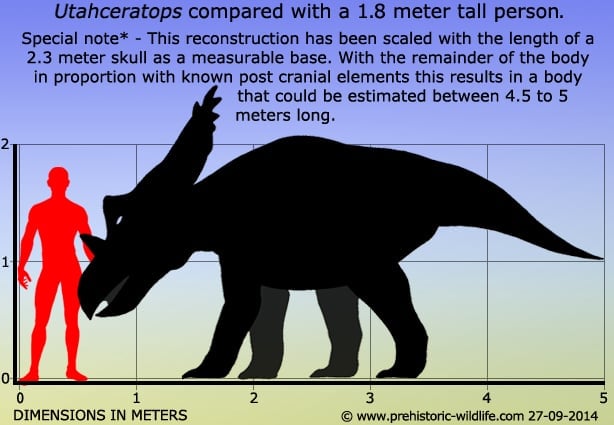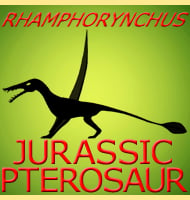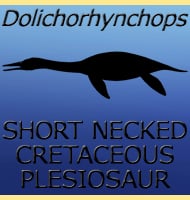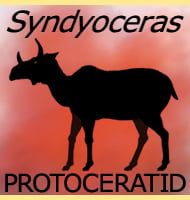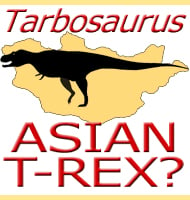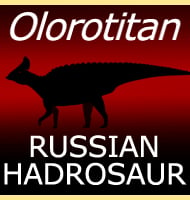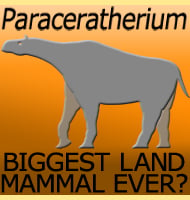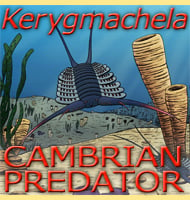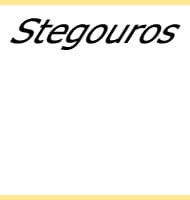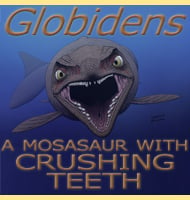In Depth
With most of the skeleton known and represented by several individuals, Utahceratops is one of the better known ceratopsian dinosaurs, which often are named only from partial skulls. At about five meters long Utahceratops was roughly mid-sized for a quadrupedal ceratopsian, dinosaur, but the skull seems to be oversized with a length of about two hundred and thirty centimetres. However, the frill of the skull which accounts for much of this length have large fenestral (holes) openings, which meant that the frill was not solid, and kept proportionately lightweight. With horns that were not especially large, Utahceratops may have relied upon a distinctive pattern of markings and colours on the frill in order to identify others of their kind from the many other types of ceratopsian dinosaurs that were about.
Utahceratops was named at the same time as another ceratopsian dinosaur called Kosmoceratops, which has a considerably more ornate horn and frill display than that of Utahceratops. Kosmoceratops and Utahceratops also lived at the same time and locations as one another as well as another ceratopsian dinosaur named Nasutoceratops. Other dinosaurs in their ecosystem included hadrosaurs such as Parasaurolophus and Gryposaurus. Predatory threats to Utahceratops likely came from tyrannosaurs such as Teratophoneus and perhaps even Albertosaurus. Smaller theropods such as dromaeosaurs like Talos and maybe Troodon would have been threats to smaller juvenile Utahceratops.
Further Reading
- New Horned Dinosaurs from Utah Provide Evidence for Intracontinental Dinosaur Endemism. - S. D. Sampson, M. A. Loewen, A. A. Farke, E. M. Roberts, C. A. Forster, J. A. Smith & A.L. Titus - In Anna Stepanova. PLoS ONE 5 (9): e12292. - 2010.
